Home>Ideas and Tips>Maximizing Natural Light in Your Home: Design Tips and Tricks
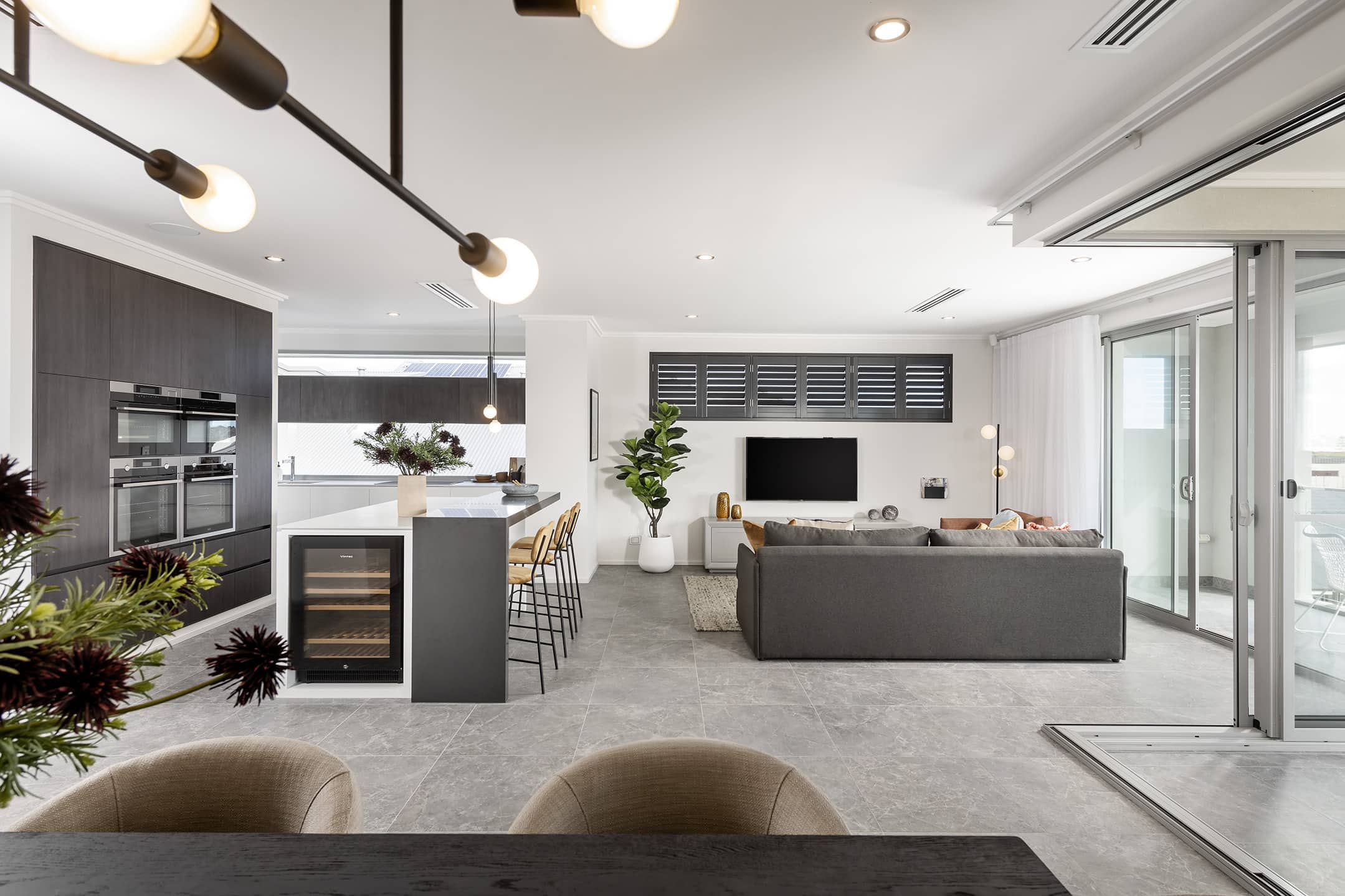

Ideas and Tips
Maximizing Natural Light in Your Home: Design Tips and Tricks
Modified: October 27, 2024
Discover expert tips and tricks to maximize natural light in your home, enhancing its beauty, comfort, and health benefits. Brighten your space today!
(Many of the links in this article redirect to a specific reviewed product. Your purchase of these products through affiliate links helps to generate commission for Storables.com, at no extra cost. Learn more)
Natural light is one of the most essential elements in home design, offering numerous benefits that enhance both the aesthetic appeal and functionality of your living space. From improving your mood and energy levels to making your home feel more spacious and inviting, natural light plays a crucial role in creating a comfortable and healthy environment. However, not all homes are blessed with ample natural light, and even those that do can benefit from strategic design techniques to maximize its impact. In this article, we will delve into various design tips and tricks to help you optimize natural light in your home.
The Importance of Natural Light
Before we dive into the practical tips, it's essential to understand the significance of natural light in home design. Exposure to natural light has been shown to have a profound impact on both physical and mental health. Here are some of the key benefits:
- Improved Health: Natural light helps regulate your body's circadian rhythms, which is crucial for maintaining a healthy sleep-wake cycle. It also boosts your immune system and can reduce the risk of certain diseases.
- Boosted Mood: Natural light exposure can significantly improve your mood and reduce symptoms of depression. The increased serotonin levels in the body contribute to a sense of well-being and happiness.
- Increased Productivity: For those who work from home, natural light can be a game-changer. It enhances focus and productivity, making it easier to stay motivated and engaged in your work.
- Reduced Stress: The calming effect of natural light can reduce stress levels and create a more peaceful environment in your home.
Given these benefits, it's clear that maximizing natural light should be a top priority in home design.
Read more: 14 Tricks To Help You Speed-Clean Your Home
Choose the Right Window Treatments
Window treatments play a significant role in controlling the amount of natural light that enters your home. The type of window treatment you choose can either enhance or block natural light, so it's crucial to select the right ones.
Heavy Curtains vs. Sheer Curtains
Heavy curtains or drapes can block out a significant amount of natural light, even when they are open. These types of curtains are often used for privacy and insulation but can make a room feel dim and dull. On the other hand, sheer or light-colored curtains allow more light to filter through, making them ideal for maximizing natural light.
Blinds and Shades
Blinds and shades offer more control over the amount of natural light entering your home. You can adjust them to let in as much or as little light as you need. Consider installing blinds or shades that are made from light-colored materials to allow more natural light to pass through.
Reflective Window Film
Another option is to install reflective window film on your windows. This film reduces glare and UV radiation while still allowing natural light to pass through. It's an excellent solution for rooms that receive direct sunlight, as it helps prevent overheating and fading of furniture.
Place Your Furniture Near Windows
The placement of furniture in a room can significantly impact how much natural light it receives. By placing furniture near windows, you can maximize the amount of light that enters the room.
Strategic Placement
When rearranging or designing your room, keep in mind that items closest to windows will appear brighter than those further away. This strategic placement not only enhances the aesthetic appeal of your furniture but also makes it stand out against the brightness of the window.
Unique Design Elements
You can create unique interior design elements by placing pull-out bookshelves around a window. This design not only maximizes natural light but also adds an interesting architectural feature to your room.
Keep Your Windows Clean
Dirty windows can block out natural light and make a room feel dim and dull. Keeping your windows clean is a simple yet effective tip for maximizing natural light.
Regular Cleaning
Make sure to clean your windows inside and out at least once a year, or more frequently if you live in a dusty or windy area. This simple tip is often overlooked but is crucial for allowing as much natural light as possible to enter your home.
Strategically Position Mirrors
Mirrors are a great way to increase the amount of natural light in your home. By strategically placing mirrors opposite windows or around them, you can reflect the light into your room and make it feel brighter and more spacious.
Reflective Surfaces
Mirrors reflect rather than absorb sunlight, making them an excellent tool for maximizing natural light. You can hang or prop a mirror against a wall opposite a window or use smaller mirrors on shelves to create a refraction effect and multiply any incoming light.
Large Mirrors
A large mirror placed at the end of a hallway or room can also help reflect natural light into darker areas, making your home feel more open and inviting.
Use Light Fixtures to Supplement Natural Light
While natural light is ideal, it's not always available or sufficient. Consider using light fixtures to supplement natural light in your home.
Overhead Lighting
Use a mix of overhead and task lighting to create a well-lit and inviting space. Overhead lighting can provide general illumination, while task lighting focuses on specific areas where you need more light.
Light Bulb Choices
When choosing light bulbs, opt for ones that mimic natural daylight. Light bulbs with a higher Kelvin range (3500K to 5000K) provide bright and energizing lighting, while those with a lower Kelvin range (2700K to 3000K) offer warm and cozy lighting. For neutral and balanced lighting, choose bulbs with a Kelvin range of 4000K to 4500K.
Choose Light Colors for Your Walls and Floors
Dark walls and flooring can absorb natural light, making your home feel darker and more closed off. To maximize natural light, choose light colors for your walls and floors.
Light-Colored Walls
Applying white paint on interior window frames is an easy way to amplify the sunlight streaming in. For the home's walls, choosing a lighter palette goes a long way for brightening the space naturally. Lighter shades reflect light better than darker ones, making your living spaces feel brighter and more open.
Light-Colored Flooring
When it comes to flooring, opt for polished finishes like wood or tile. These materials give an instant boost to the feel of a room's lightness due to their smooth surfaces that reflect light. For carpeting, choose light, neutral colors that won't absorb too much natural light.
Incorporate Glass Tiles
Glass tiles reflect nearly 100 percent of the light that hits them, making them an excellent choice for maximizing natural light in your home. Consider using them for your kitchen backsplash or in bathrooms where they will capture the natural light available in any space.
Add Skylights or Light Tubes
If your home lacks sufficient windows, consider adding skylights or light tubes. Skylights are windows installed in your roof, allowing natural light to pour in from above. Light tubes are similar but smaller and can be installed in almost any location. Both skylights and light tubes can bring natural light into areas of your home that may be difficult to brighten up with traditional windows.
Consider Your Home’s Orientation
When designing your home, consider its orientation. Homes that face north or south tend to receive the most natural light throughout the day. East-facing homes receive the most natural light in the morning, while west-facing homes receive it in the evening.
Designing for Orientation
By understanding your home’s orientation, you can design your living spaces to maximize natural light throughout the day. For example, if you have an east-facing room, place your furniture near the windows to capture the morning sunlight.
Mind Your Flooring
The type of flooring you choose can significantly impact how much natural light your home receives. Polished finishes like wood or tile flooring give an instant boost to the feel of a room’s lightness due to their smooth surfaces that reflect light.
Flooring Options
For carpeting, opt for light, neutral colors that won't absorb too much natural light. Dark-colored carpets can make a room feel darker and more closed off, which defeats the purpose of maximizing natural light.
Gloss It Up
Beyond color, the paint finish you use in your home has a big impact on natural lighting potential. Choose matte versus flat for the ceiling; everywhere else, consider upping the sheen one degree.
Paint Finishes
If you're using eggshell paint, try satin instead. If satin is your go-to, experiment with semigloss. Each finish has its own reflective properties that can enhance or reduce the amount of natural light entering your home.
Decorate with Mirrors
Mirrors are another effective tool for maximizing natural light in your home. By strategically hanging or propping a mirror against a wall opposite a window or using smaller mirrors on shelves, you can reflect the light into your room and make it feel brighter and more spacious.
Mirror Placement
A large mirror placed at the end of a hallway or room can also help reflect natural light into darker areas, making your home feel more open and inviting. The strategic placement of mirrors can dramatically shift the natural lighting in any room, making it brighter and larger.
Conclusion
Maximizing natural light in your home is not just about aesthetics; it's about creating a healthier and more comfortable living environment. By using these design tips and tricks, you can create a bright, inviting space that feels open, airy, and welcoming. Whether you're looking to enhance the mood-boosting effects of sunlight or simply make your home feel more spacious, these strategies will help you achieve your goals.
Remember, natural light is a powerful tool for creating a warm, inviting, and healthy living space. By incorporating these expert tips into your home design process, you can create a brighter, more spacious, and more comfortable living environment for you and your family.
Additional Tips for Maximizing Natural Light
- Use Light-Colored Window Frames: Applying white paint on interior window frames is an easy way to amplify the sunlight streaming in.
- Opt for Sheer Curtains: Sheer or light-colored curtains allow more light to filter through compared to heavy curtains or drapes.
- Install Reflective Window Film: This film reduces glare and UV radiation while still allowing natural light to pass through.
- Place Furniture Strategically: Positioning furniture near windows maximizes the amount of light that enters the room.
- Clean Your Windows Regularly: Dirty windows can block out natural light; make sure to clean them regularly.
- Use Mirrors Effectively: Strategically placing mirrors opposite windows or around them can reflect light into darker areas of your home.
- Choose Light-Colored Flooring: Polished finishes like wood or tile flooring give an instant boost to the feel of a room’s lightness due to their smooth surfaces that reflect light.
- Consider Skylights or Light Tubes: These can bring natural light into areas of your home that may be difficult to brighten up with traditional windows.
- Mind Your Home’s Orientation: Understanding your home’s orientation helps you design living spaces that maximize natural light throughout the day.
By implementing these tips and tricks, you'll be well on your way to creating a home that is not only beautiful but also functional and healthy.
Final Thoughts
Maximizing natural light in your home is an ongoing process that requires careful consideration of various design elements. From choosing the right window treatments to strategically placing mirrors and furniture, each decision plays a crucial role in enhancing the overall ambiance of your living space.
Remember, natural light is not just about aesthetics; it's about creating an environment that promotes well-being and comfort. By following these expert tips and tricks, you can transform your home into a bright, inviting space that feels open, airy, and welcoming year-round.
This comprehensive guide provides you with all the necessary tools to maximize natural light in your home effectively. Whether you're looking to enhance the mood-boosting effects of sunlight or simply make your home feel more spacious, these strategies will help you achieve your goals. So before you think moving is your only option to get all the light you need, consider these natural lighting ideas that can make a big difference in how a room feels.
By using these design tips and tricks, you can create a well-lit and inviting space that feels open, airy, and welcoming. And if you're building a new home, don’t forget these factors in the interior design process. By following these tips, you can create a bright, inviting space that feels open, airy, and welcoming year-round.
References
- Ash Modern Design – "8 Design Tips For Maximizing Natural Light In Your Home" (2024)
- Sterling Ranch Colorado – "Interior Design Tricks to Maximize Natural Light in Your Home" (2021)
- Vanguard Studio – "Maximizing Natural Light in Your Home: Tips from Architecture Experts" (2023)
By incorporating these expert tips into your home design process, you can create a healthier and more comfortable living environment that maximizes the benefits of natural light.
Was this page helpful?
At Storables.com, we guarantee accurate and reliable information. Our content, validated by Expert Board Contributors, is crafted following stringent Editorial Policies. We're committed to providing you with well-researched, expert-backed insights for all your informational needs.
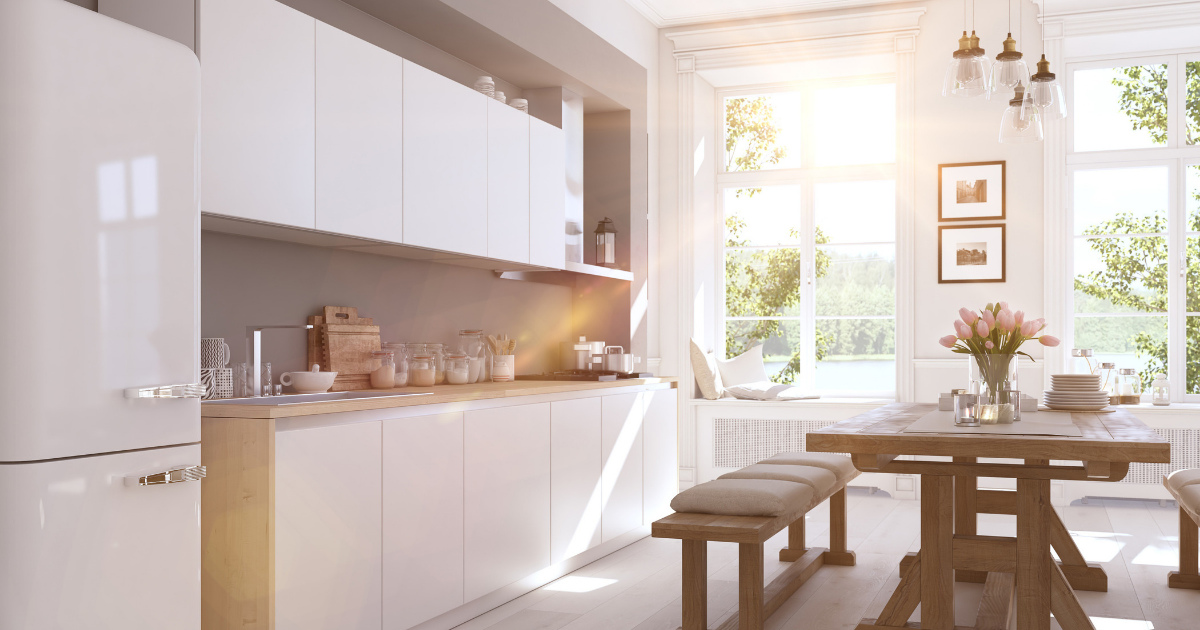
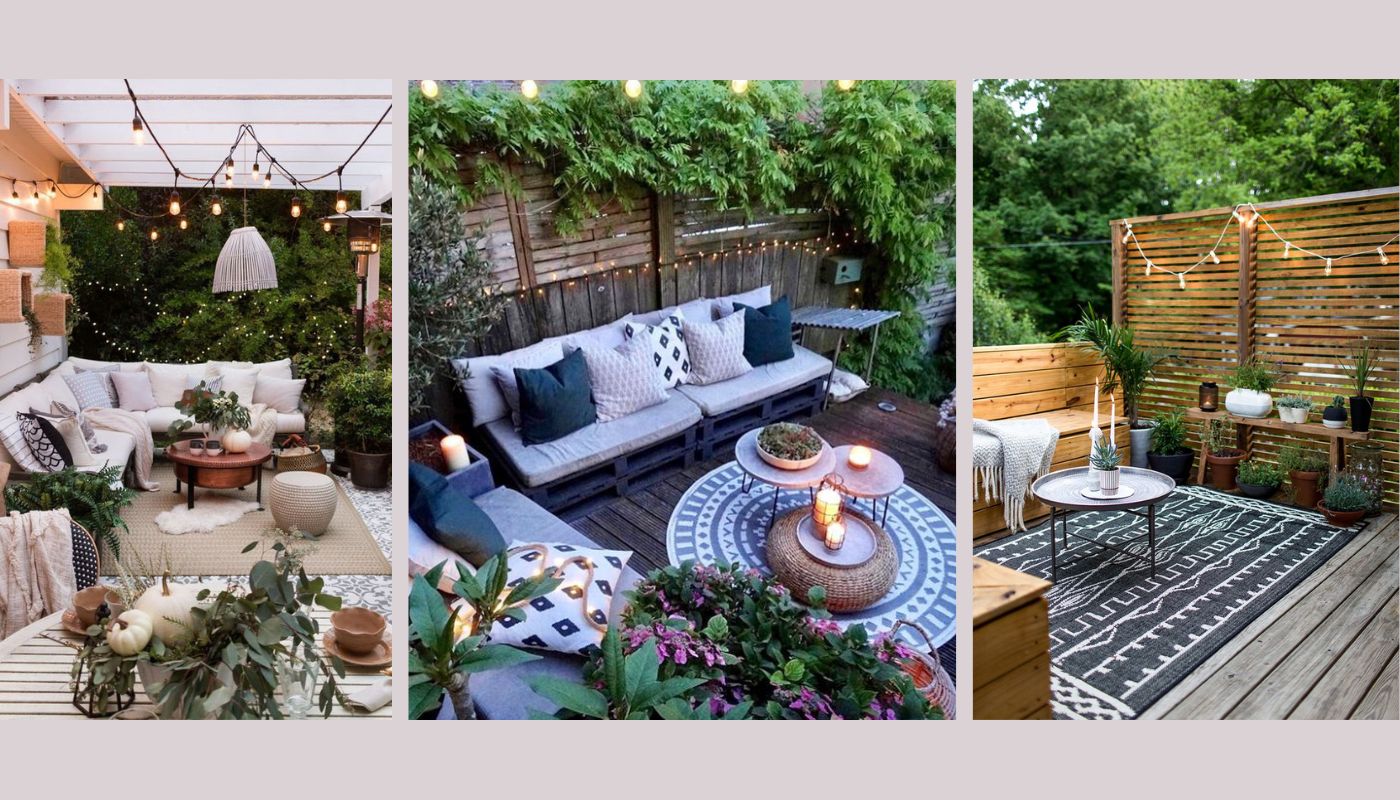
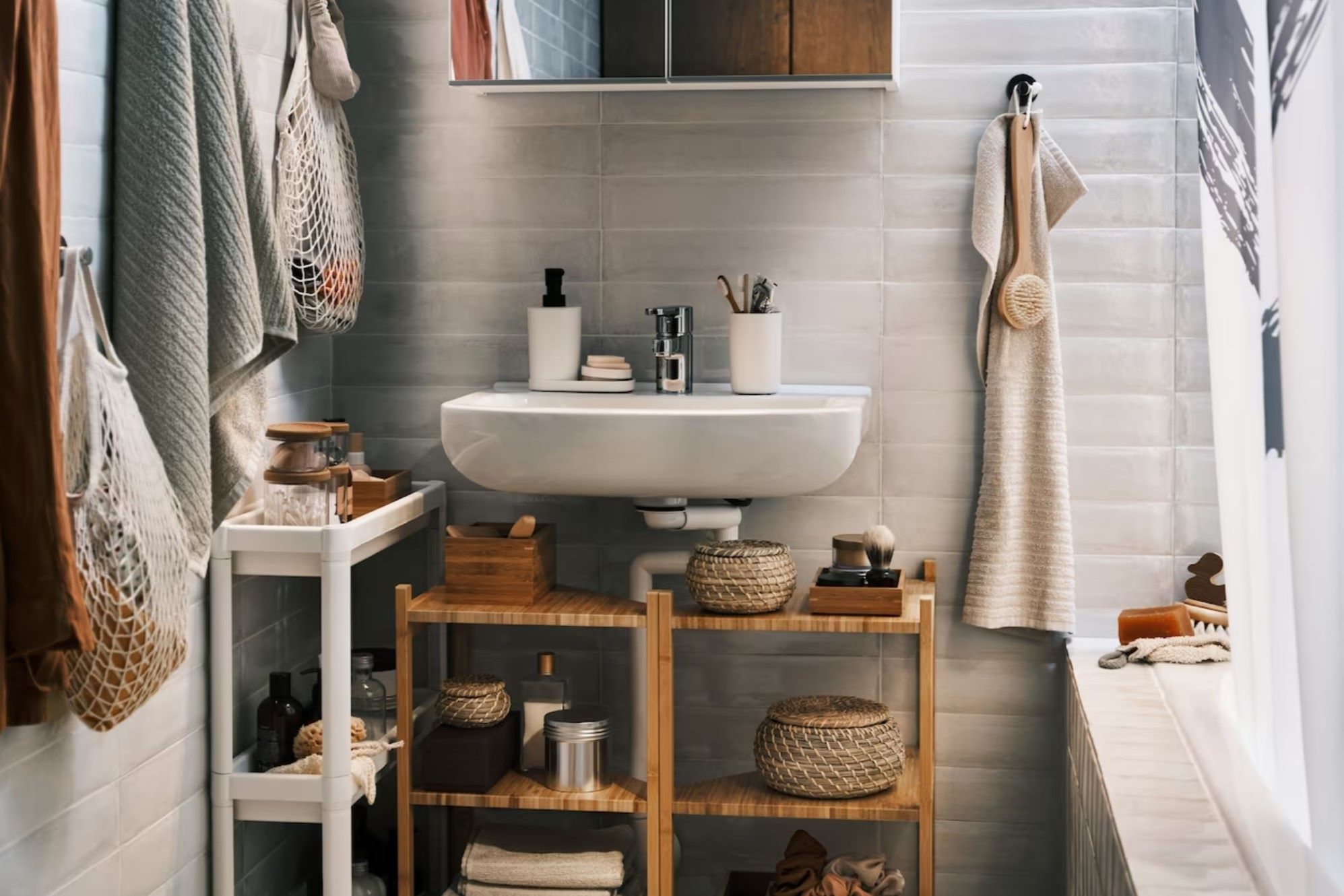
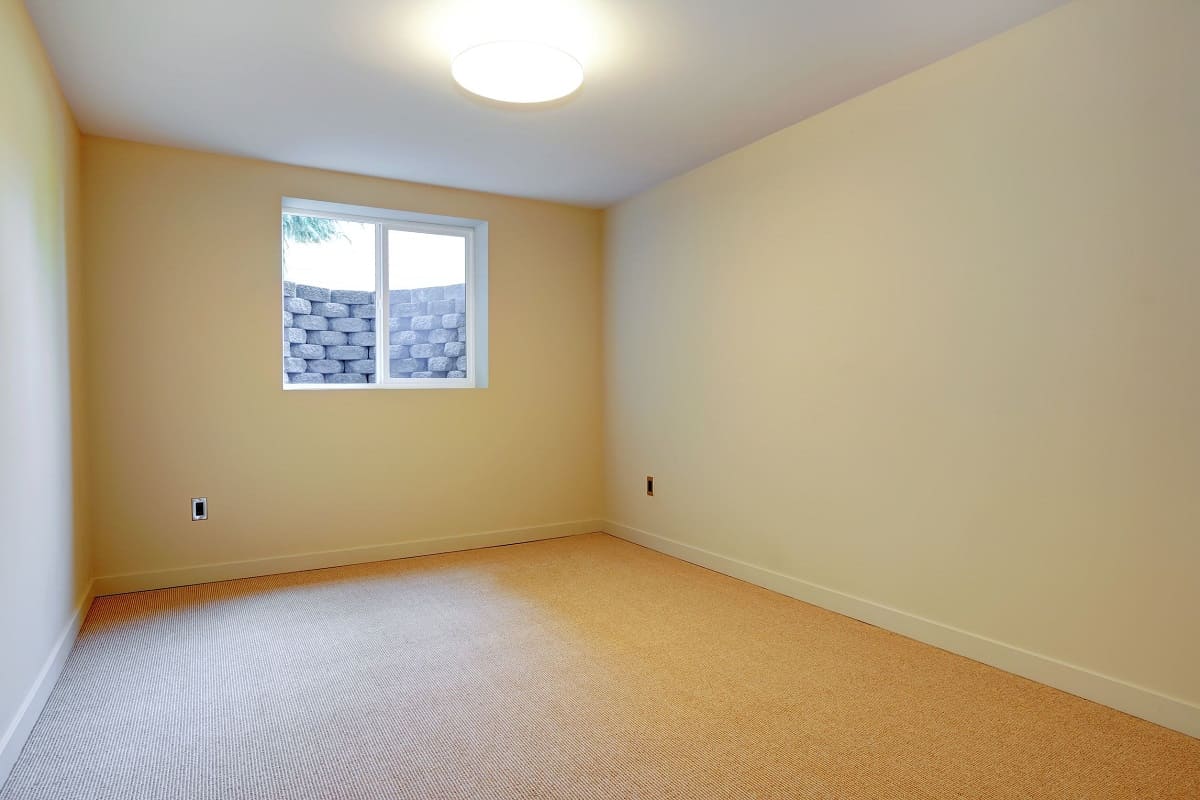
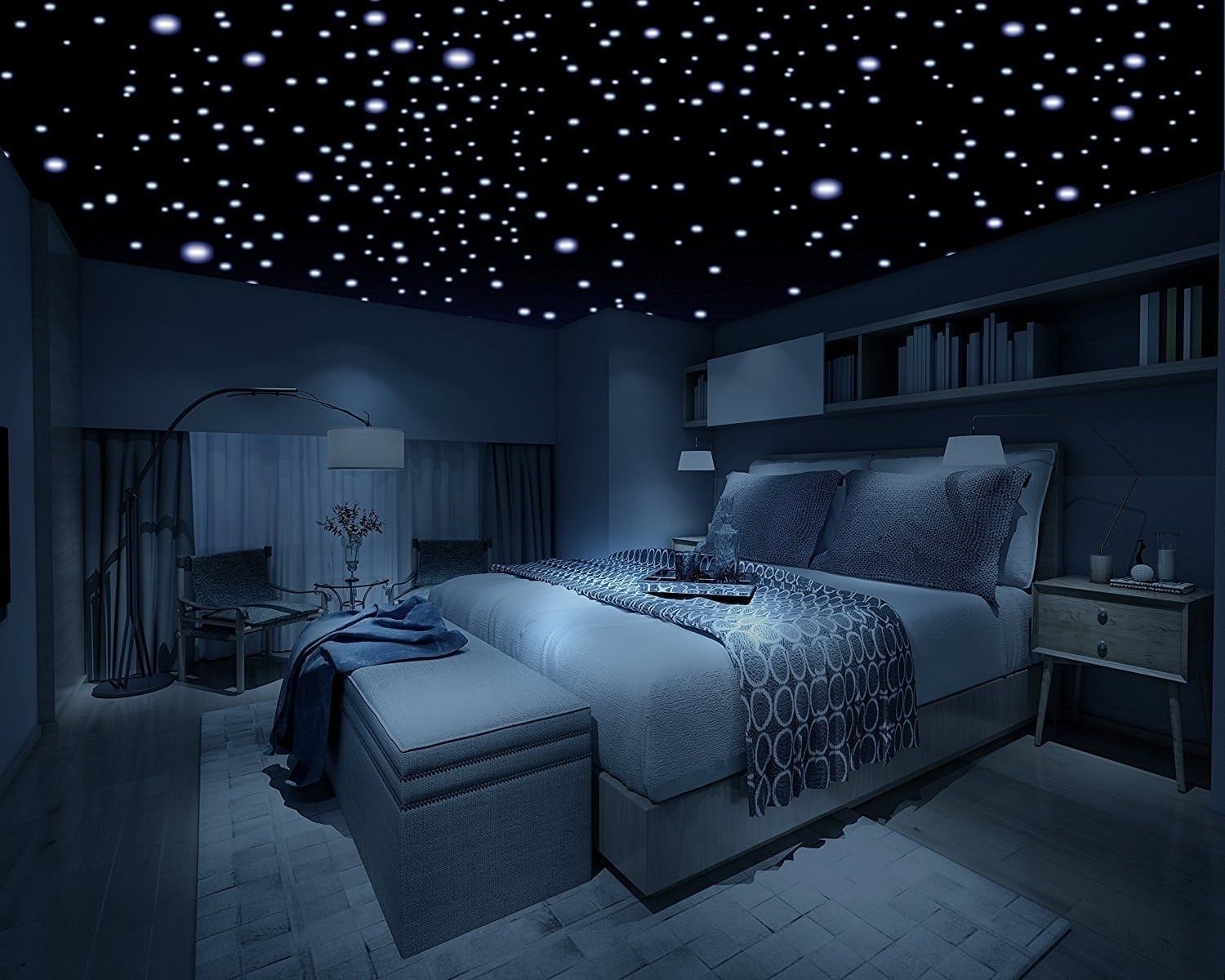
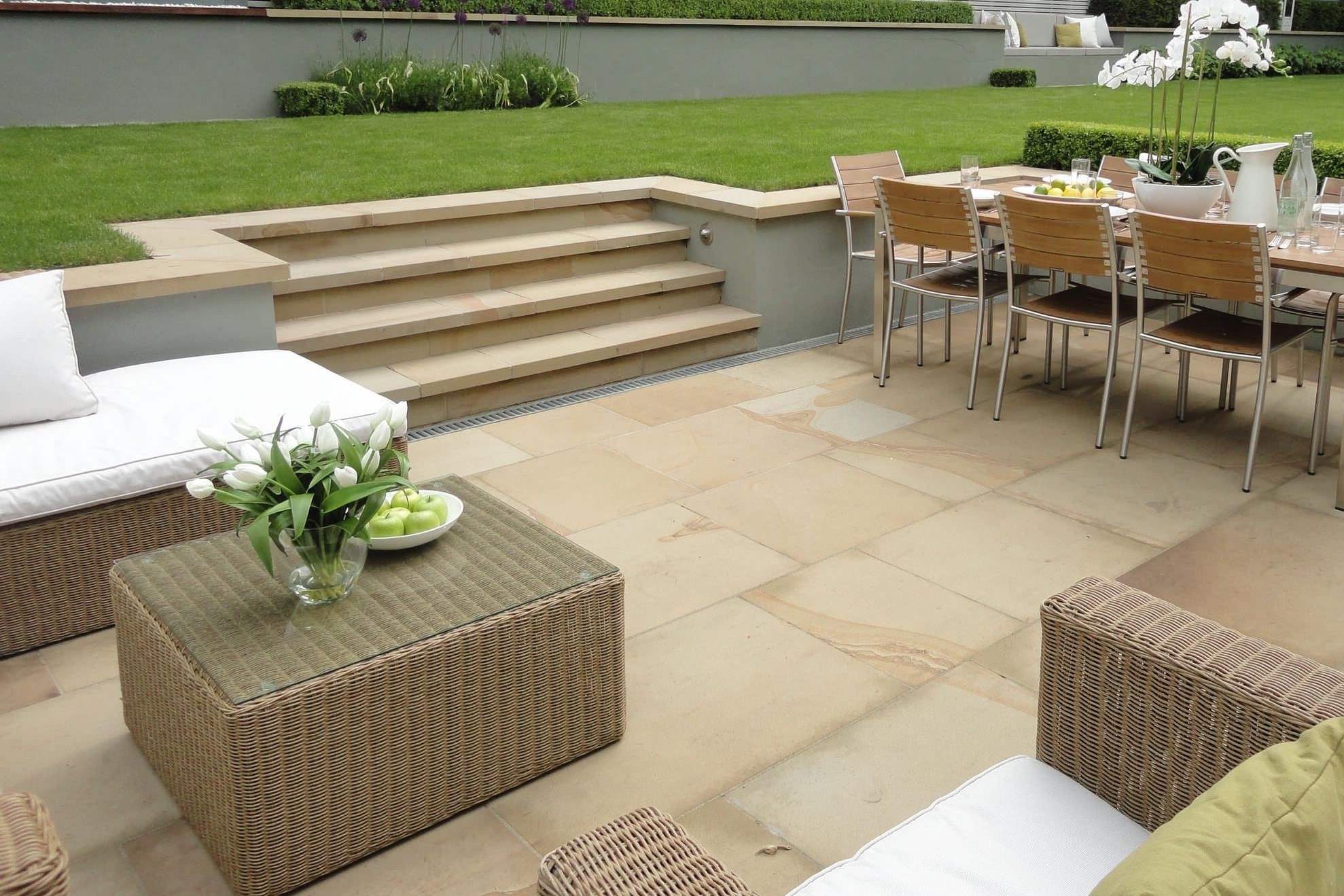


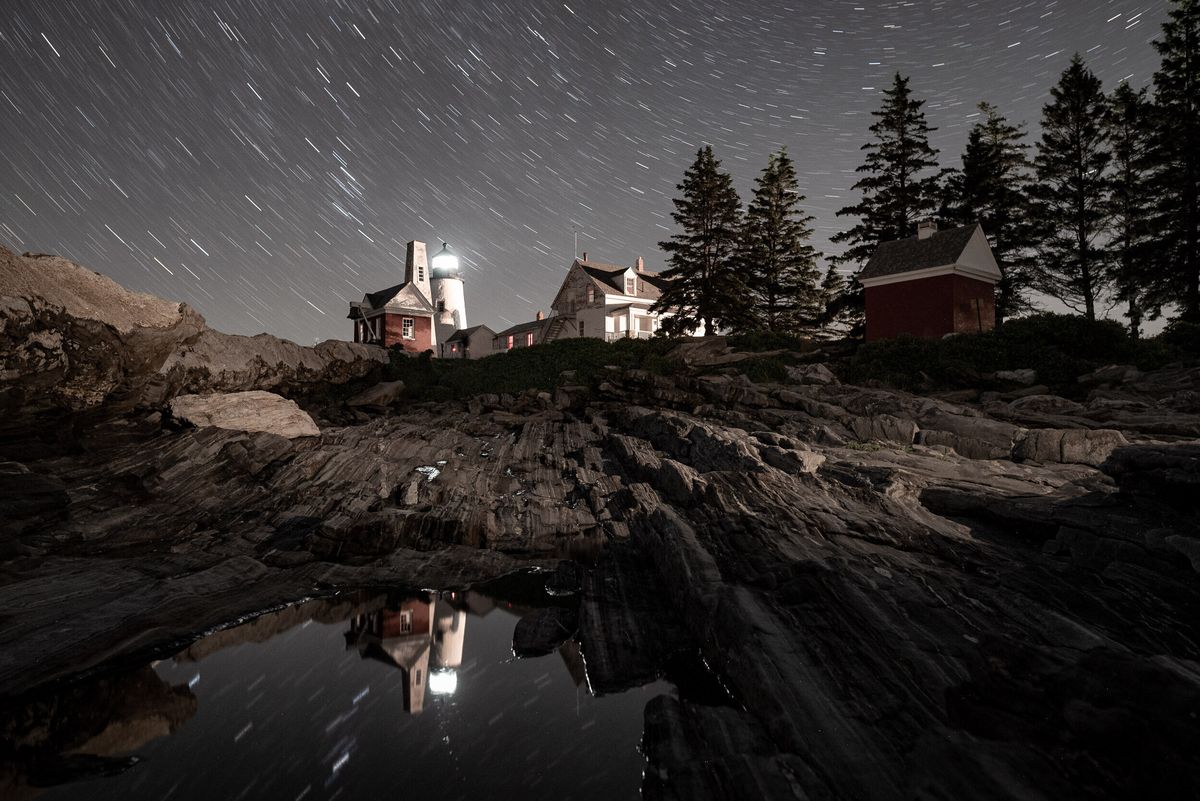


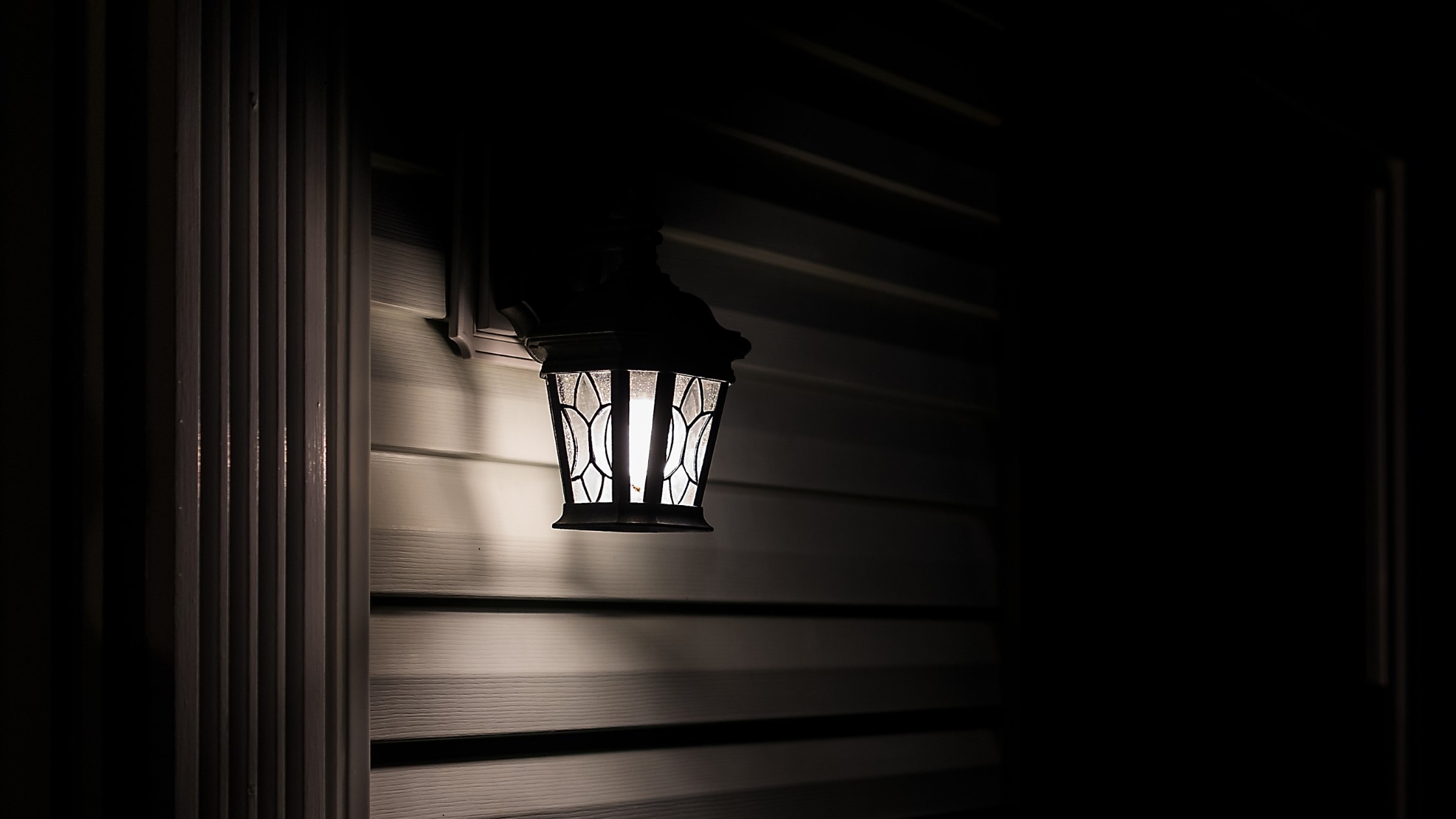

0 thoughts on “Maximizing Natural Light in Your Home: Design Tips and Tricks”